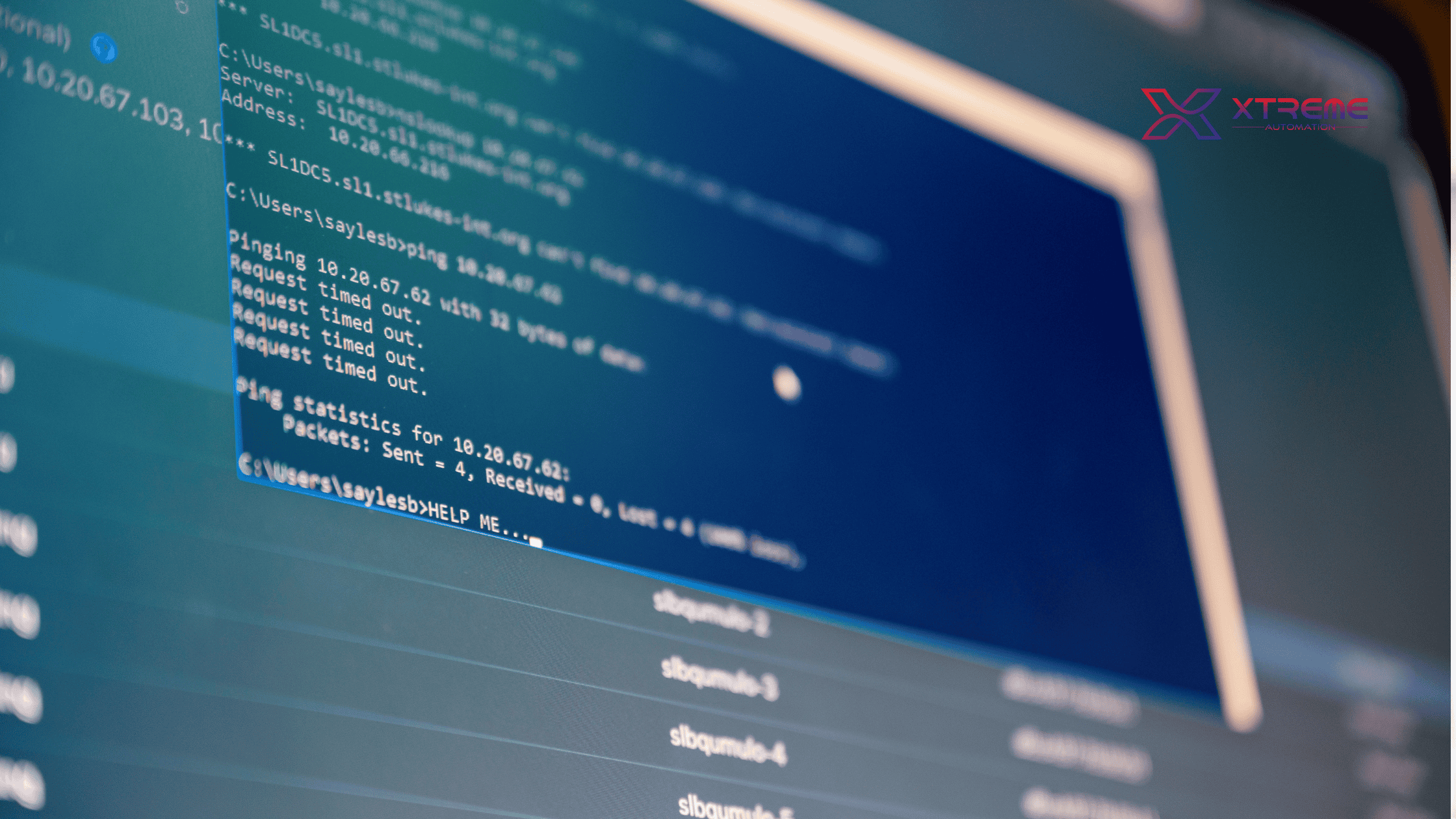In today’s fast-paced industrial world, efficiency, precision, and smart control are essential. That’s where PLC (Programmable Logic Controller) and VFD (Variable Frequency Drive) step in. These two technologies form the backbone of modern automation, driving everything from manufacturing to irrigation systems.
Whether you run a factory, a panel shop, or are just starting to explore automation options, understanding the relationship between PLC and VFD can help you streamline operations, reduce energy costs, and improve process control. In this guide, we'll break it all down in a clear, practical way—perfect for business owners, plant managers, and even aspiring engineers.
What Is a PLC and What Does It Do?
A PLC, or Programmable Logic Controller, is an industrial computer used to control machines and processes. Unlike general-purpose computers, PLCs are designed to handle harsh industrial environments and run real-time control programs.
Key Functions of PLCs:
-
Automate repetitive tasks
-
Monitor input/output signals.
-
Control machinery and equipment
-
Communicate with other devices (like VFDs)
PLCs are at the heart of many systems, from liquid automation setups to motor starter panels. They’re commonly found in applications ranging from packaging lines to irrigation controls in agriculture.
What Is a VFD and Why Is It Important?
A VFD, or Variable Frequency Drive, controls the speed and torque of electric motors by varying the motor’s input frequency and voltage. This makes it incredibly useful for optimizing energy use and extending the lifespan of equipment.
Why Use a VFD?
-
Adjust motor speed based on real-time demand.
-
Reduce energy consumption
-
Minimize mechanical wear and tear.
-
Enable soft starts and stops for motors.
You’ll find VFDs in HVAC systems, conveyor belts, pumps, and more—anywhere energy efficiency and motor control matter.
How PLC and VFD Work Together
The magic happens when PLC and VFD are integrated. The PLC acts as the brain, sending commands to the VFD, which then adjusts the motor’s operation. Together, they provide seamless control over complex processes.
Benefits of PLC VFD Integration:
-
Better process control
-
Real-time feedback and diagnostics
-
Remote monitoring and adjustments
-
Energy savings and operational efficiency
Think of the PLC as the conductor and the VFD as the orchestra. Alone, they’re useful. Together, they’re powerful.
Real-World Applications of PLC and VFD Systems
1. Manufacturing and Industrial Control
Many industrial control systems companies use PLCs and VFDs to automate production lines. This results in faster, more precise operations.
2. Water and Liquid Automation
In systems like water treatment or liquid automation, VFDs adjust pump speeds while PLCs handle flow control and safety interlocks.
3. Agriculture and Irrigation
For irrigation controls, VFDs help manage water pressure and flow rates, while PLCs can automate schedules and react to soil moisture data.
4. Panel Shops and Custom Panels
A modern panel shop or panel shop near me may offer PLC control panel solutions, integrating VFDs for precise motor control in custom applications.
Choosing the Right PLC and VFD for Your Needs
There’s no one-size-fits-all. Choosing the right hardware depends on your specific application, environment, and required functionality.
Factors to Consider:
-
Number of I/O points
-
Communication protocols (e.g., Modbus, Ethernet/IP)
-
Power requirements
-
Environmental conditions (dust, moisture, temperature)
Professional PLC automation services or a trusted PLC system integrator can help tailor the solution for your facility.
Common PLC and VFD Brands
Here are some of the most trusted names in the industry:
-
Allen-Bradley (Rockwell Automation)
-
Siemens
-
Schneider Electric
-
ABB
-
Mitsubishi
If you're upgrading systems, these brands often support legacy equipment, making PLC upgrade projects smoother.
Expert Help: Why You Need a PLC Integrator
A plc integrator or plc programmer near me brings specialized knowledge. They ensure your system is not only functional but optimized for long-term reliability.
Services Offered:
-
System design and programming
-
Troubleshooting and repairs
-
Remote monitoring setup
-
Integration with existing infrastructure
If you're searching for PLC programming near me or PLC programming services, make sure to choose a partner with industrial experience and solid references.
How to Get Started with PLC and VFD Systems
-
Assess Your Needs: Identify what processes need automation or better control.
-
Set a Budget: Factor in hardware, software, and programming costs.
-
Consult an Expert: Reach out to local PLC programmers near me or automation firms.
-
Plan Integration: Work with professionals to minimize downtime during the switchover.
-
Train Your Staff: Ensure operators know how to use and maintain the new system.
Frequently Asked Questions (FAQ)
What is the main difference between a PLC and a VFD?
A PLC controls the logic and sequencing of a process, while a VFD controls the speed and torque of an electric motor.
Can I use a PLC without a VFD?
Yes, but adding a VFD allows you to control motor speeds and reduce energy usage, making the system more efficient.
How much does PLC and VFD integration cost?
Costs vary based on complexity, but a small setup might start at a few thousand dollars, including hardware and programming.
Do I need a professional for PLC and VFD setup?
Yes. A certified PLC programmer or PLC integration specialist ensures proper setup and prevents costly mistakes.
Are there mobile-friendly PLC solutions?
Absolutely. Many modern PLCs support remote access and mobile apps for real-time monitoring and control.
Final Thoughts: Invest in Smart Automation Today
PLC and VFD integration is not just for large factories—it’s an affordable, scalable solution for businesses of all sizes. From improving motor starter panel performance to managing irrigation controls, this powerful duo can transform your operations.
Looking for expert advice or a custom control panel? Don’t wait. Connect with your local automation experts, explore industrial PLC programming options, and take the next step toward smarter, more efficient processes.
Ready to upgrade your system with PLC and VFD integration?
👉 Contact a certified PLC integrator today and unlock the power of automation!
